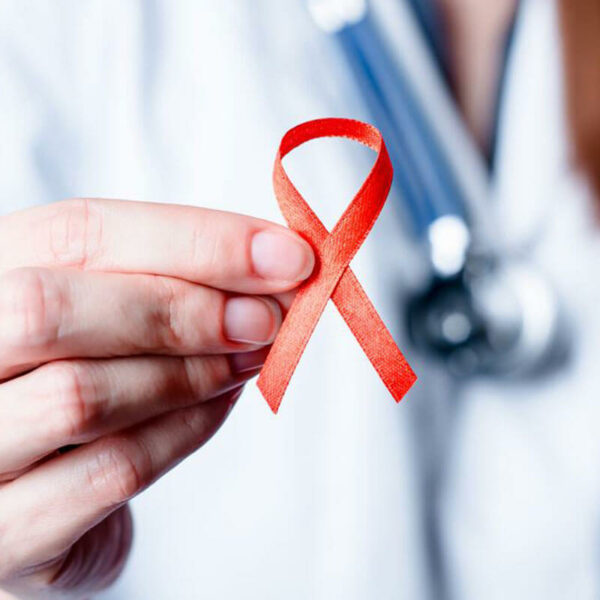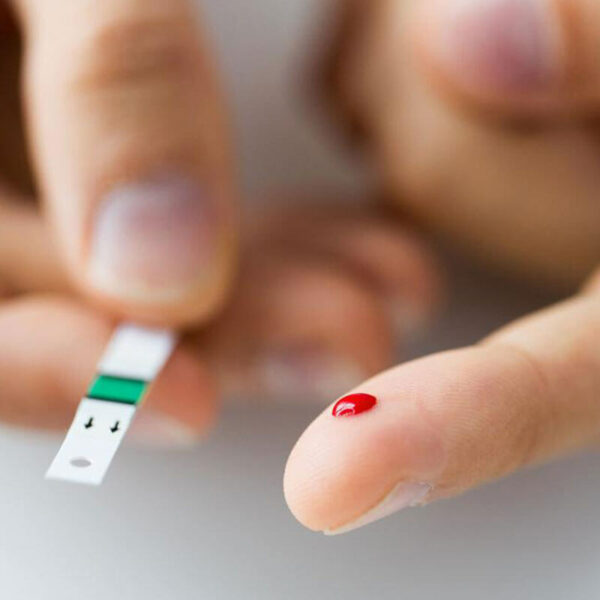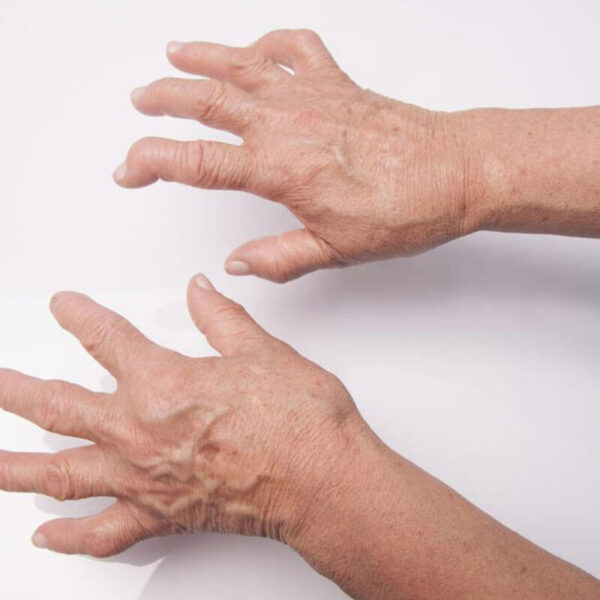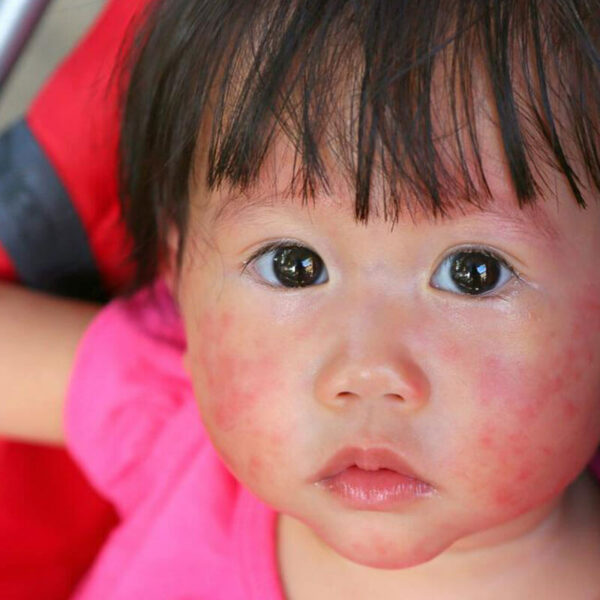
How to Differentiate Between HIV and AIDS
Having HIV and having AIDS does not mean one and the same thing. Learn how to tell one from the other. What is the exact difference between HIV and AIDS? Are they the same disease? These are a few of the most commonly asked questions when it comes to HIV. It is understandable that these terms confuse a lot of people, especially since they are often used in an interchangeable manner. However, the truth is that there is a difference between HIV and AIDS. Simply speaking, HIV is the virus that could lead to a medical condition called AIDS. What is HIV? The Huma Immunodeficiency Virus or HIV is a virus that is infectious in nature. As the name suggests, this virus only affects human beings, and its primary focus is on attacking the immune system so as to cause it to malfunction, and eventually shut it down. When it comes to most other viruses, our immune systems are well-versed with recognizing the foreign presence, and then working hard to annihilate it. However, the story is not the same in the case of HIV. For some reason, our immune systems seem completely unable to put up a fight against this virus.









